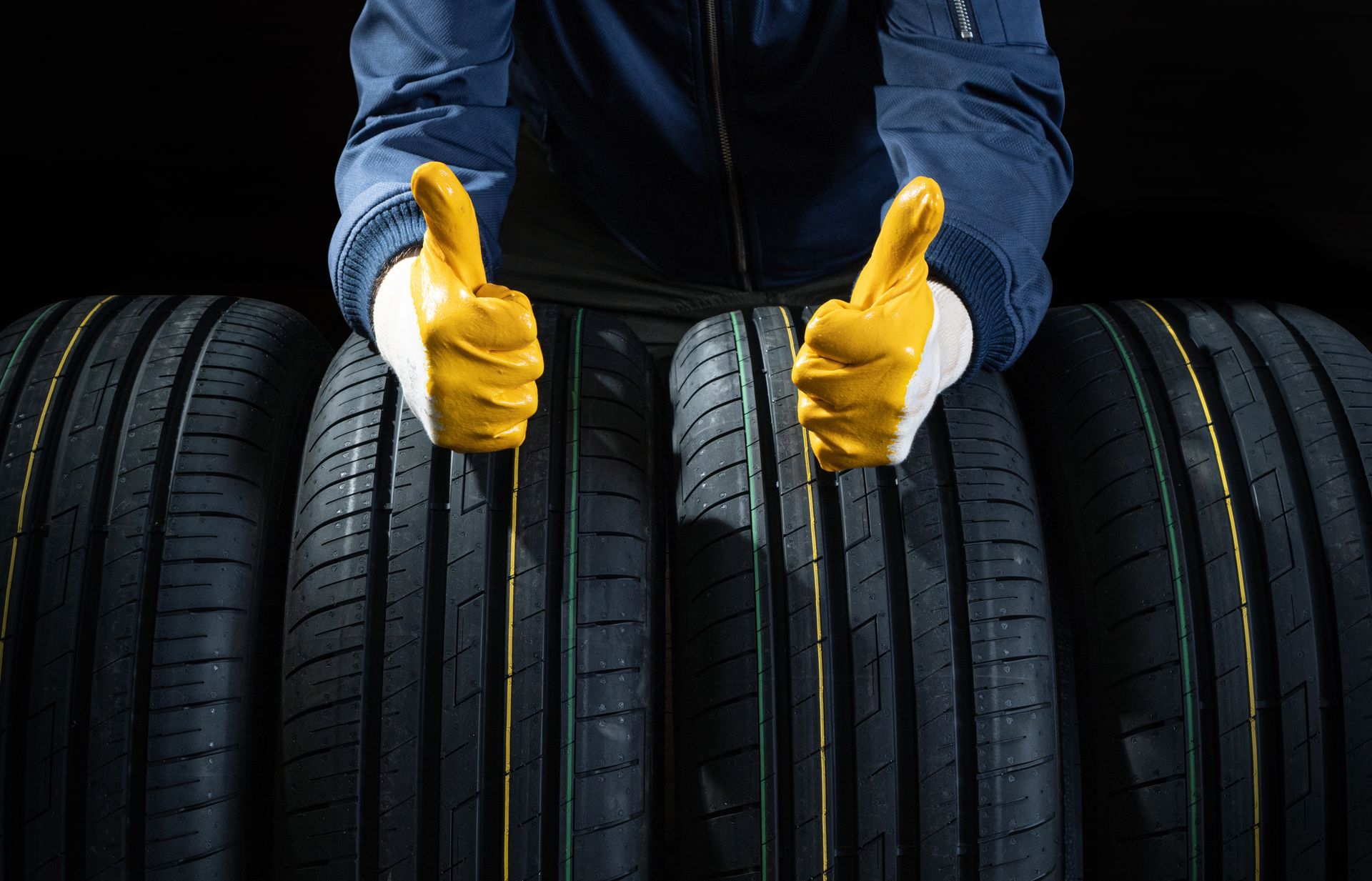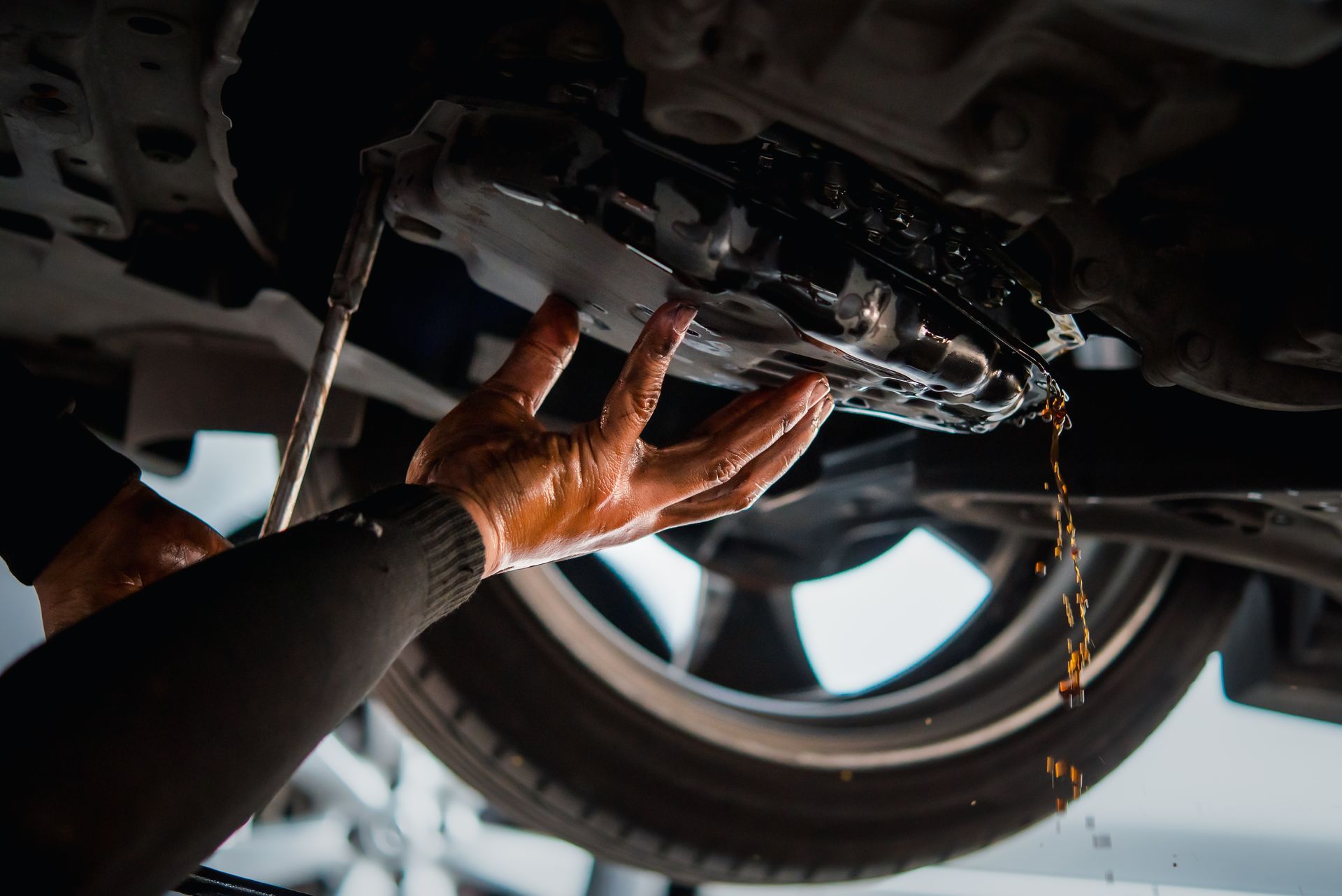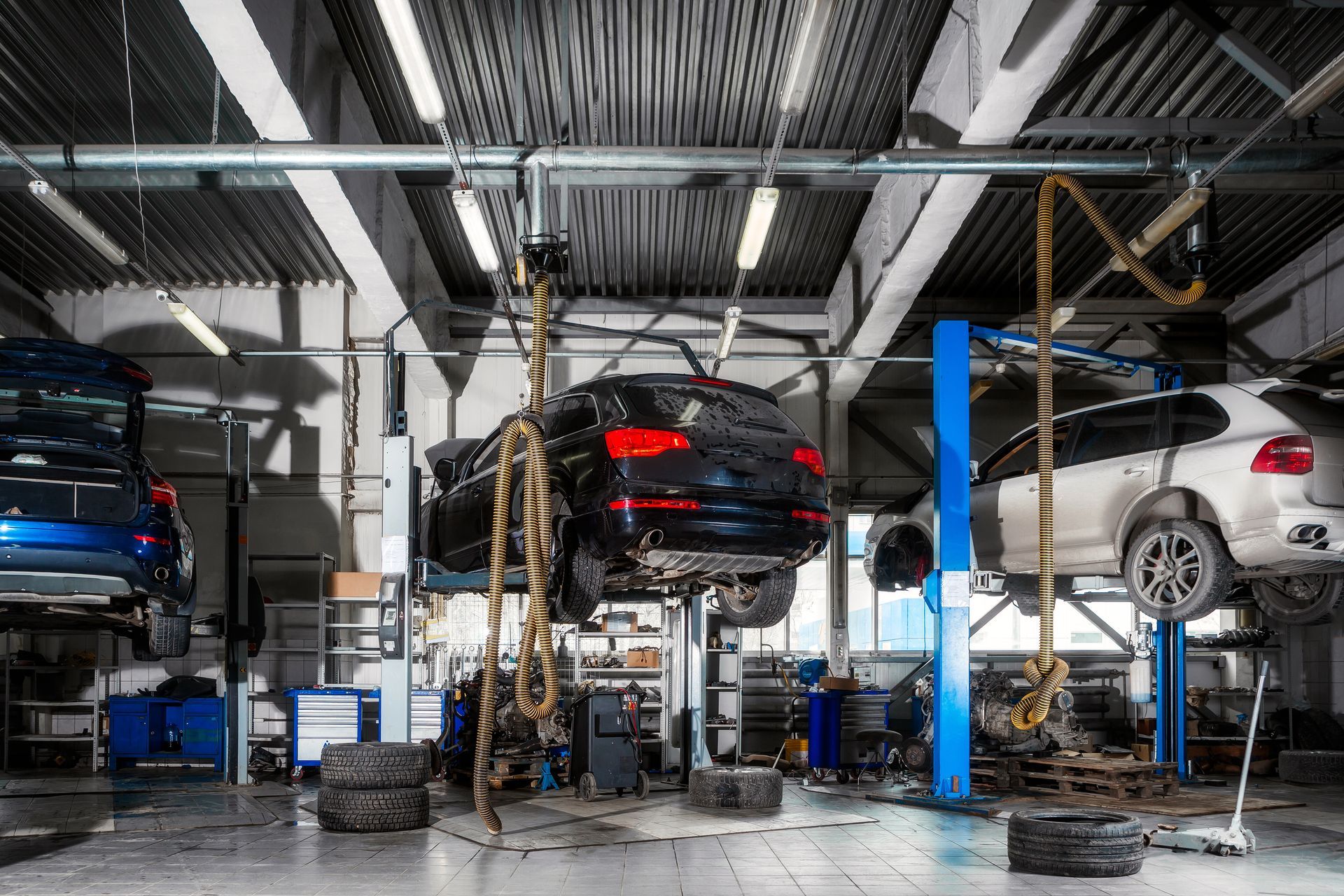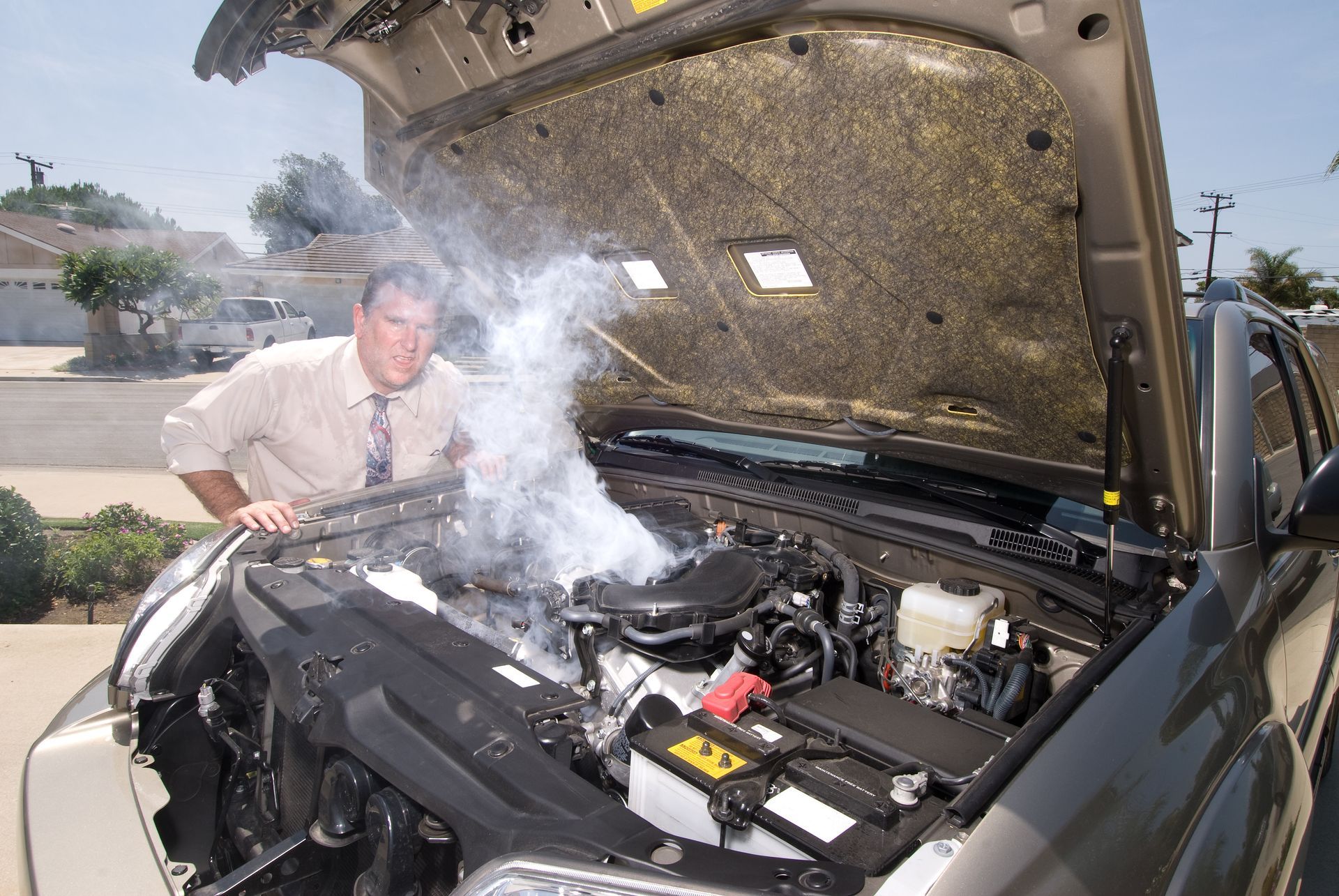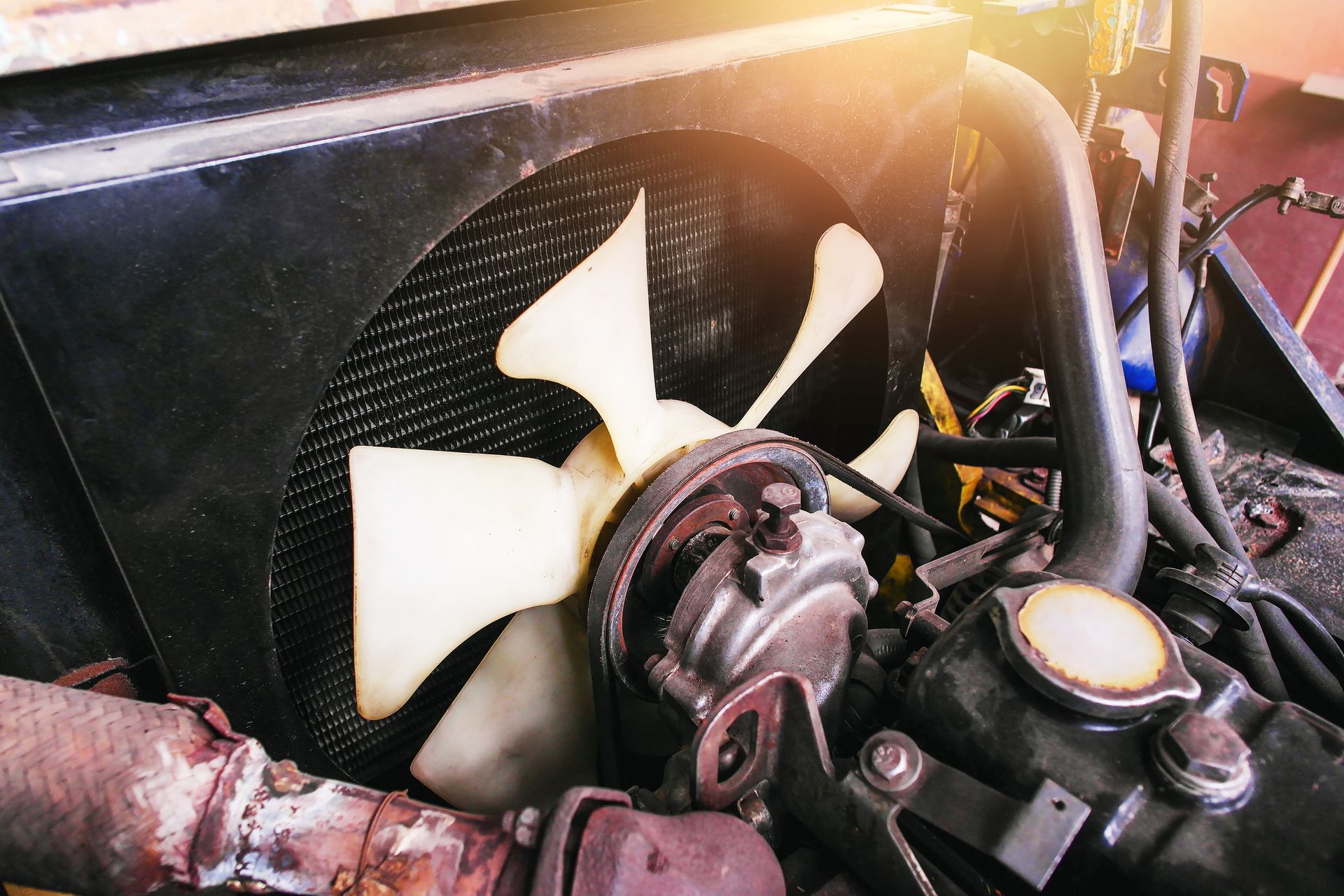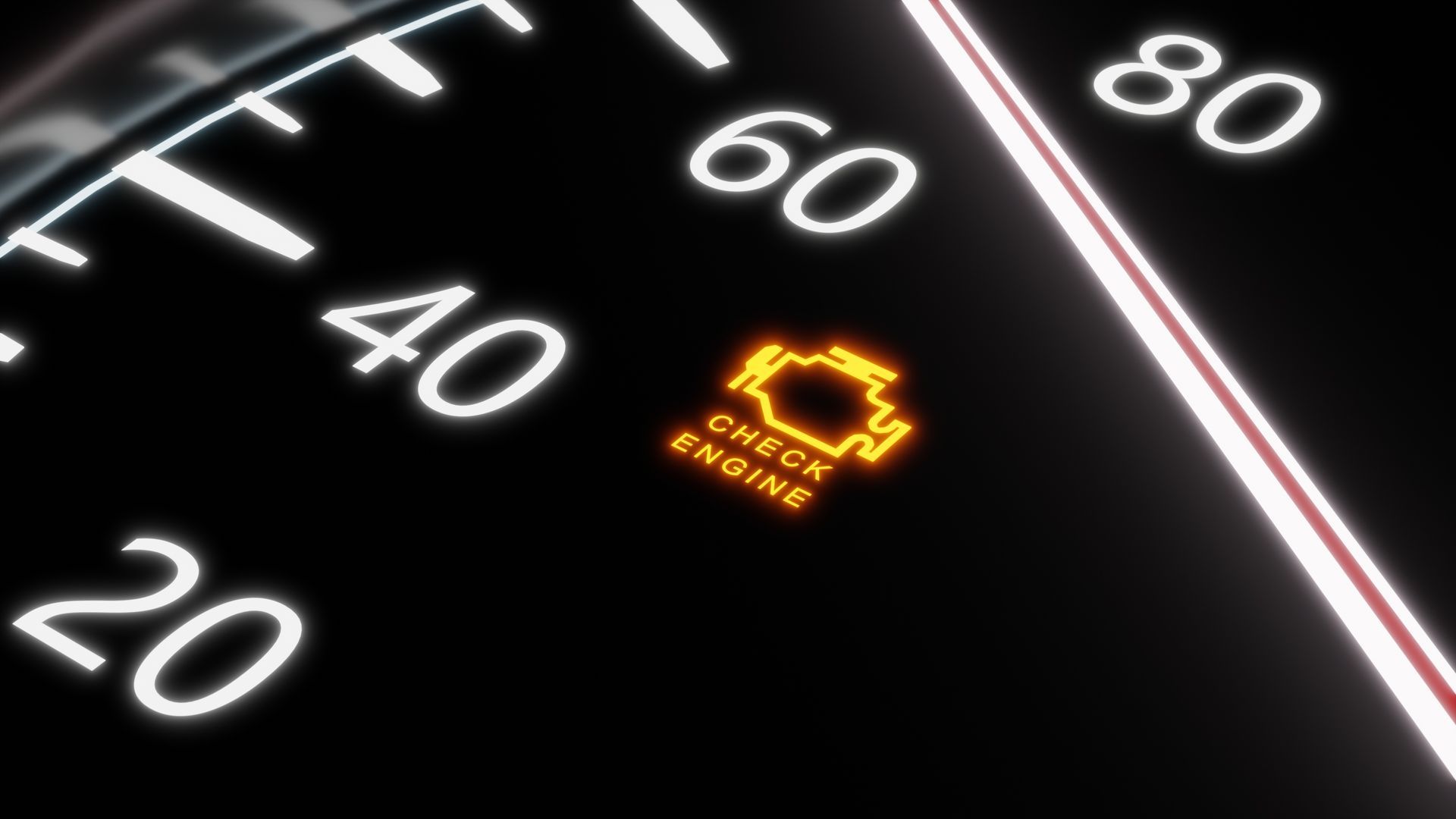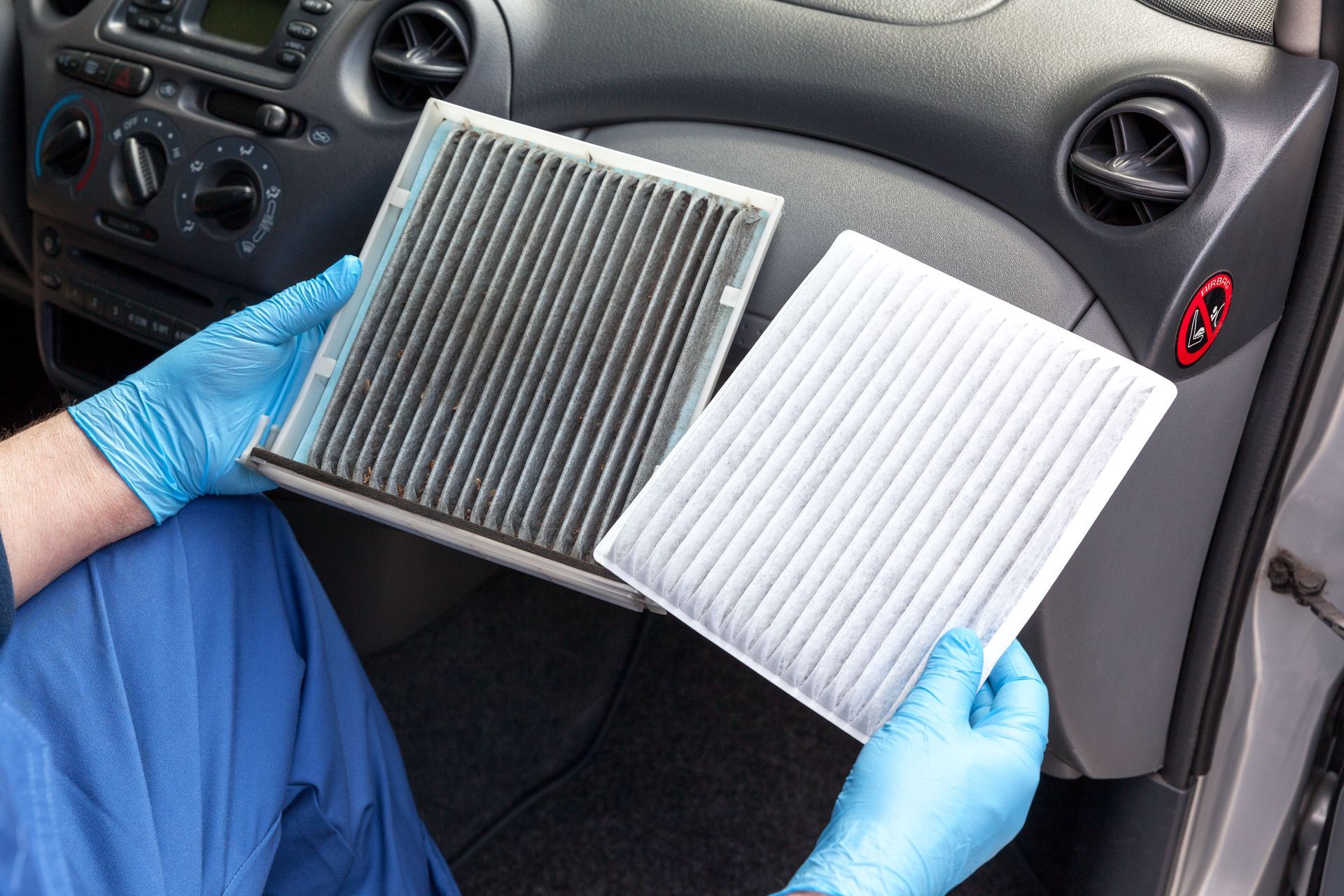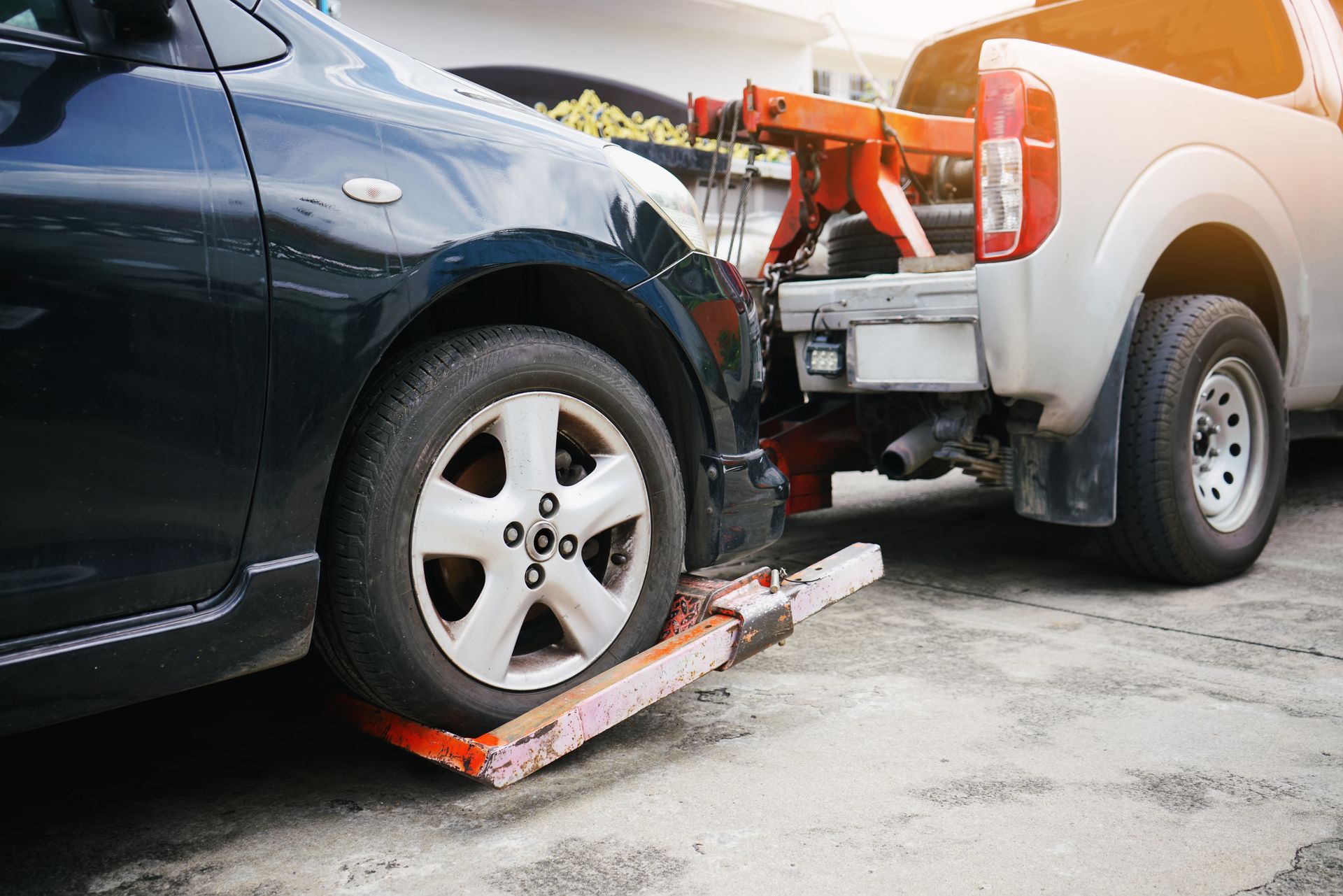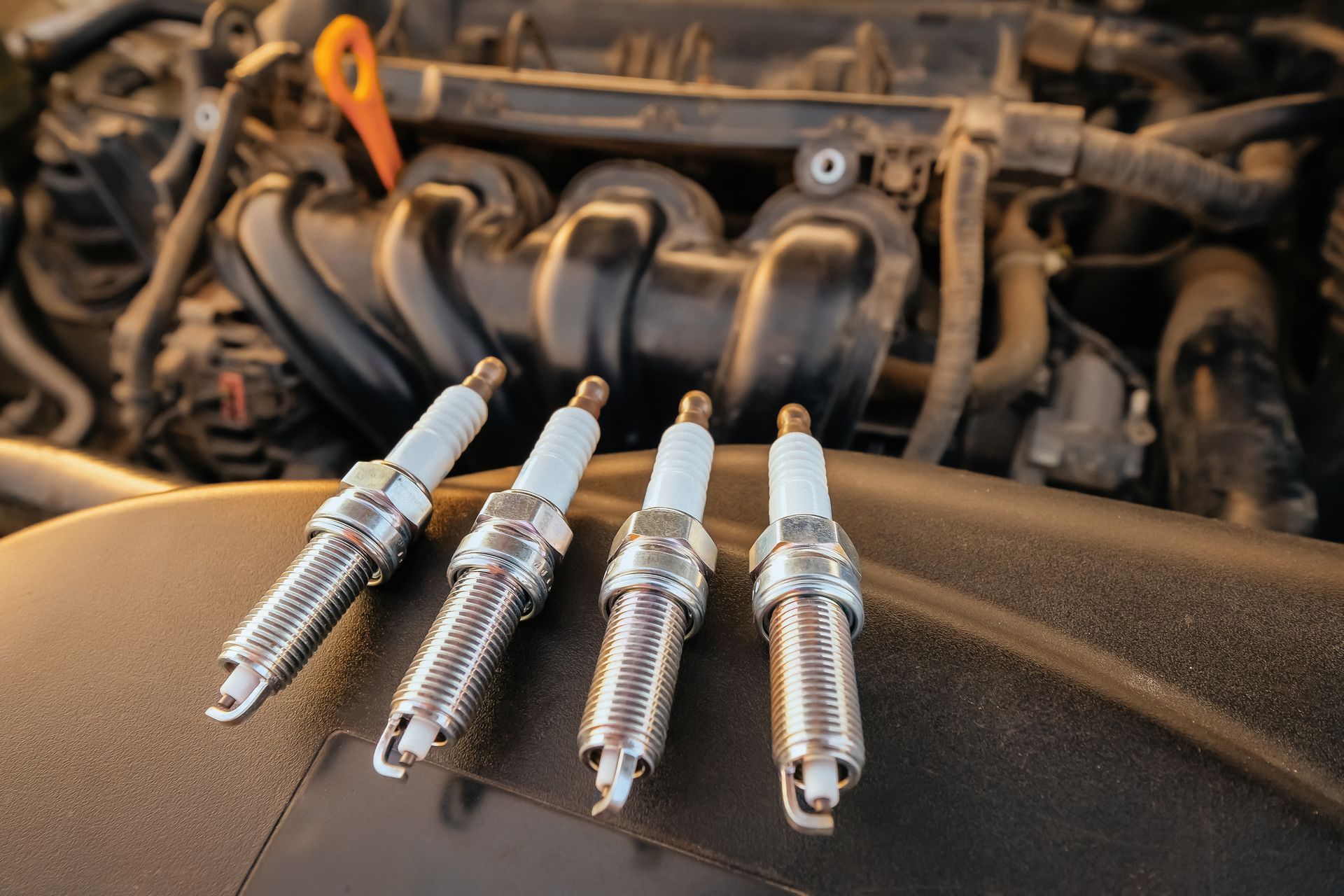A steering wheel that feels loose or starts vibrating while driving on the highway is annoying, and often a sign that something in your vehicle’s suspension, steering, or wheel assembly needs attention. Ignoring these symptoms can make your car harder to control, reduce safety, and lead to more costly repairs down the road.
Here’s what could be causing these issues and why getting them checked early matters.
How Steering and Suspension Work Together
Your vehicle’s steering system and suspension are designed to work in harmony to keep your car stable and responsive. When everything is in good condition, the steering wheel feels tight and controlled, and vibrations are minimal even at higher speeds.
But when components like tie rods, ball joints, control arms, or bushings start to wear out, you may notice looseness or instability while steering. Similarly, problems with your suspension, wheels, or tires can create vibrations that become more noticeable the faster you drive.
Worn or Loose Steering Components
One of the most common reasons for a loose steering wheel is wear in the steering components themselves. Parts like tie rod ends, rack-and-pinion gears, and ball joints naturally wear over time.
When these parts develop too much play, your steering wheel may feel less responsive, requiring more input to control the vehicle. At highway speeds, even small amounts of looseness can feel exaggerated, making the car harder to keep steady in a lane.
If left unaddressed, worn steering components can also accelerate wear in related suspension parts, making repairs more extensive and costly later on.
Wheel Imbalance and Tire Issues
If the steering wheel vibrates only at certain speeds, tire balance could be the culprit. Uneven tire wear, bent rims, or improper mounting can all cause vibration that travels up through the steering system.
In some cases, vibrations come from worn or separated tire tread, which can be dangerous if not handled promptly. Regular tire inspections and balancing services help prevent these problems and ensure a smoother, safer ride.
Suspension Wear and Alignment Problems
Your suspension is responsible for absorbing bumps and maintaining stable contact between the tires and the road. If components like shocks, struts, or control arms are worn out, the steering wheel may vibrate as the suspension struggles to stabilize the vehicle.
Poor alignment can make these symptoms worse. Misaligned wheels create uneven tire wear, pull the car off-center, and increase vibration. Alignment checks are especially important after hitting a curb, pothole, or other road hazard.
Brake System Concerns
Although less common, problems with the brakes can also contribute to steering wheel vibrations, especially when driving at highway speeds or slowing down from them. Warped rotors or uneven brake pad wear can create vibrations that travel directly through the steering column.
Even if vibrations aren’t tied to braking, having the brake system inspected is a good idea whenever steering or suspension issues are present, since many components work closely together.
Why Early Inspections Save You Money
Loose steering and vibrations might start as small inconveniences, but they rarely go away on their own. In most cases, the underlying issues worsen over time, leading to:
- Uneven or premature tire wear
- Damage to other steering and suspension components
- Decreased fuel efficiency
- Higher repair costs later on
Routine inspections can identify the cause early and keep minor problems from turning into major ones.
Expert Steering and Suspension Repairs at 808 Automotive
At 808 Automotive in Hubbard, OR, our team is skilled in accurately diagnosing steering looseness and vibrations. We’ll check your suspension, alignment, tires, and steering components to find the root of the problem and recommend the best repair options.
Driving at highway speeds should feel smooth and controlled, not shaky or unstable. If your steering wheel feels loose or vibrates, schedule a visit with
808 Automotive today and keep your vehicle safe and reliable.

